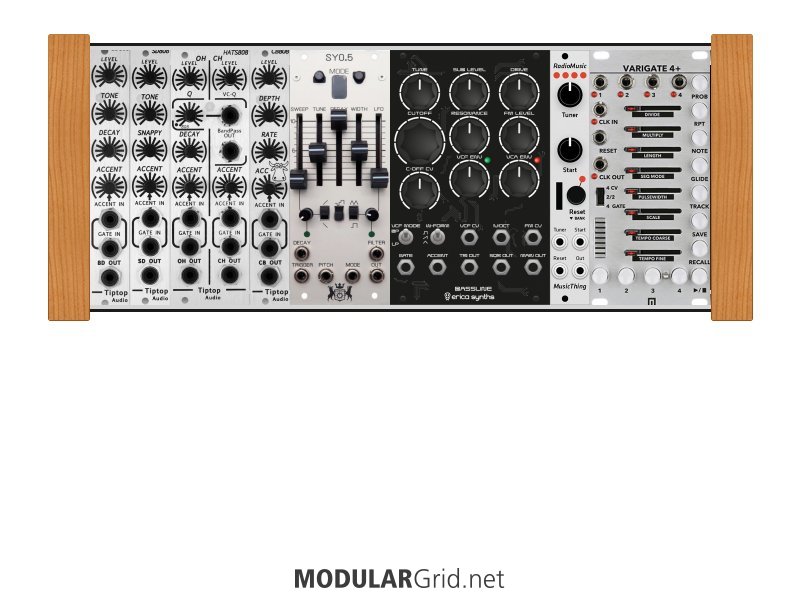The part I find most newbies aren't getting is the concept of control voltages (gates, triggers, clocks, CV). In a post-MIDI, post-DAW world this aspect of control is like going back to ancient Latin when everyone is used to speaking French.
The voltage environment is "new" to most people and they don't get it. That's why the unsexy stuff is overlooked. So a primer centered on control voltage management would go a long way to opening eyes. There are a lot of aspects of modular that can't be fully expressed in 10 pages if you're going from soup to nuts.
So Garfield is right that anything written can't be a bible to Eurorack but simply an introduction to the functionality of Eurorack. But I would try to relate it to common entry points like MIDI and soft-synths. I.E.- a MIDI note-on message and breaking down the Eurorack equivalent, MIDI sync vs. clock, CC modulation vs. CV.
Educating people as to WHY they need to worry about CV clocks rather than detailing how they physically work should be the focus.
And for God's sake, why a VCA and attenuverter are necessary utilities.

